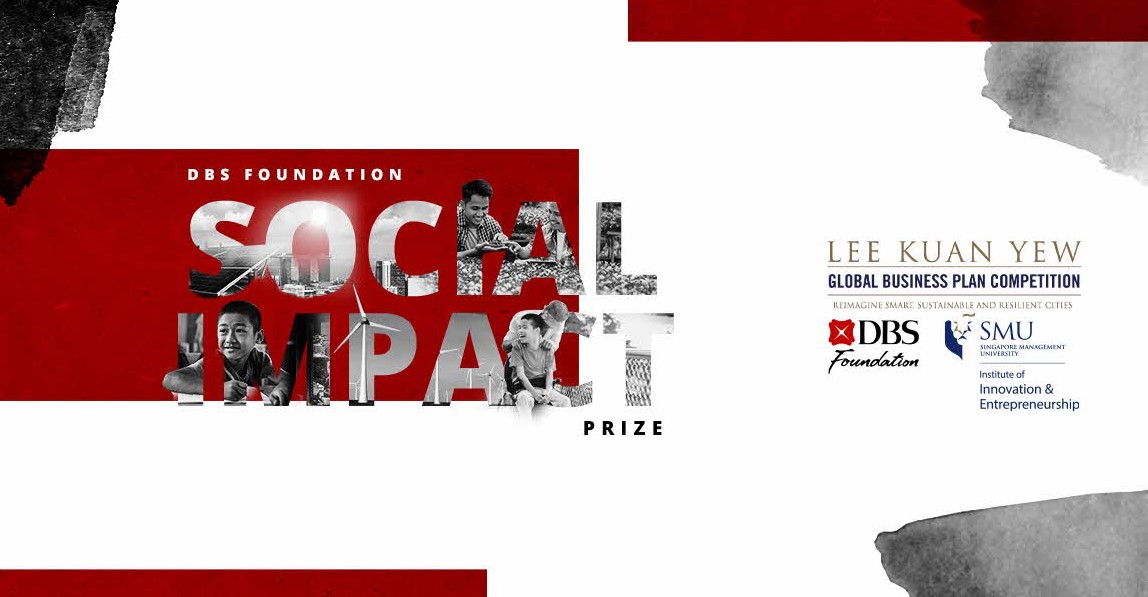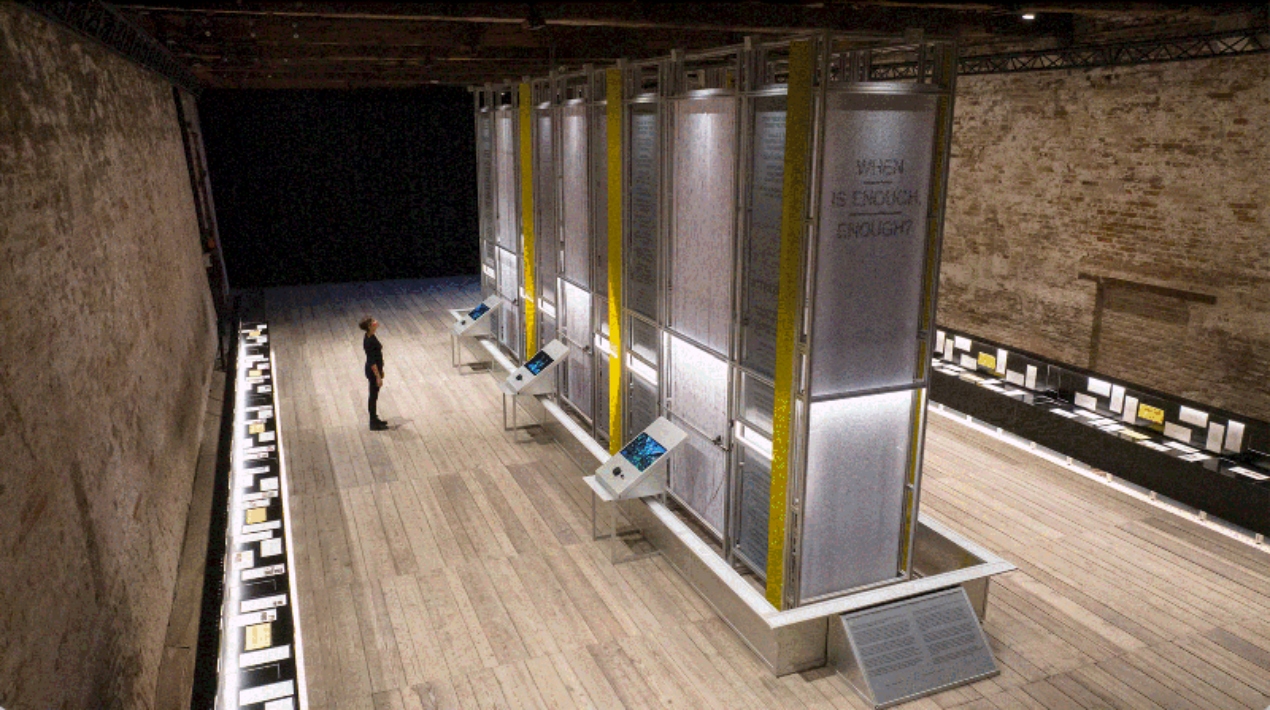
The inaugural DBS Foundation Social Impact Prize Finals at LKYGBPC will be held virtually on the 9 October 2020.
The DBS Foundation Social Impact Prize at the Lee Kuan Yew Global Business Plan Competition (LKYGBPC) will be awarded to the most innovative business plans, start-ups or early-stage ventures that address pertinent urban challenges faced by cities of today.
In addition to the evaluation criteria for the LKYGBPC, qualifying applications for the DBS Foundation Social Impact Prize are also assessed on:
- Clear identification of the social or environmental problem
- Creativity in addressing the identified challenge statement and stakeholders involved
- Ability to measure the social or environmental impact created
- Scalability and sustainability of solution and impact
The award worth SGD 150,000 includes prize money of up to SGD 100,000 and post-competition support, such as access to DBS Foundation’s capacity building programmes, brand awareness and marketing features on DBS Foundation’s website, brand campaigns, media stories etc, the use of DBS premises when in Singapore for launch or community events and network and connection to DBS Foundation’s social enterprise alumni community and partners.
The Four Finalists are:
Bluepha — China
Fighting Plastic Pollution with the Power of Microbes
Bluepha is a microorganism company based in Beijing that has developed a bio-based and biodegradable plastic PHA to replace conventional plastics. Their innovative and patented biotech ensures low-cost industrial-scale production of PHA that degrades in natural environments, including in the ocean. The PHA developed by Bluepha can be widely applied across industries, such as packaging, textile, and toys, to replace conventional plastics.
Polybee — Singapore
Enhancing Food Security by Automating Pollination
Polybee is on a mission to increase productivity in agriculture by taking the natural process of pollination into its own hands. Since wind, insects and birds cannot operate indoors, there is no scalable solution for pollination in many urban cities. By operating autonomous mini drones using in aerial robotics and computer vision, Polybee executes precise pollination at indoor vertical farms, where there is no alternative to manual pollination. Polybee has partnered with Singapore Food Agency to initiate a commercial pilot.
Sampangan — Indonesia
Enriching Food Nutrition from Landfill Waste
Sampangan is a waste-to-carbon technology service company that aims to help local governments, agriculture areas, industrial areas, and waste transporters process waste in both solid and liquid forms safely and sustainably. Using their carbonized technology (“Magic Box”), they can convert organic and non-organic waste into active carbon or biochar. Heat radiation is used instead of full incineration making this process environmentally friendly. The biochar material can help fix farm soil and increase harvest yields in an organic and sustainable manner.
StratifiCare — Singapore
World’s First Severe Dengue Prediction Test
StratifiCare has discovered a panel of biomarkers that can determine the progress of Dengue Fever. Patients who are predicted not to progress to severe Dengue can be managed at outpatient settings, instead of bearing expenses being hospitalised. Their innovation will help reduce the over-hospitalization issue faced by medical providers and relieve healthcare burden especially in poorer Dengue-endemic developing countries.
Watch the DBS Foundation Social Impact Prize Finals
Due to the uncertainties of international travel and health considerations amid COVID-19, the inaugural DBS Foundation Social Impact Prize Finals at LKYGBPC will be held virtually.
Date: 9 October 2020
Time: 11:45AM – 2:00PM (Singapore time, GMT +8)
Join our panel of distinguished judges for the live pitching, and don’t miss a special conversation segment with DBS Group CEO, Piyush Gupta!
Judges:
Tan Su Shan, Group Head of Institutional Banking, DBS
Nick Nash, Managing Partner & Co-Founder, Asia Partners
Quek Siu Rui, Group CEO & Co-Founder, Carousell





















